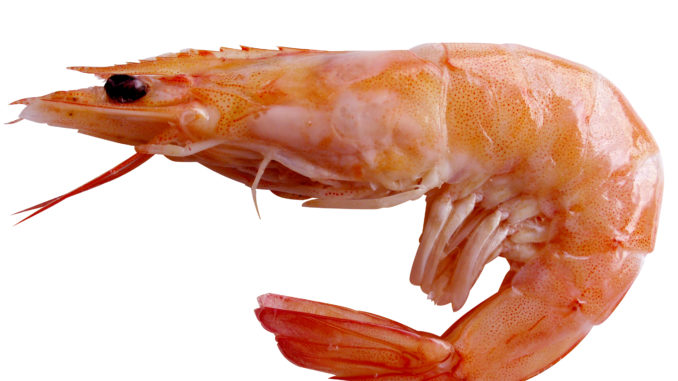
Sodium or salt has been an important part of our diets since well before civilization began. A little of this mineral does a lot of good, but too much can be problematic. Understanding what sodium is, what it does, the dangers that it may entail, and what foods contain the most amount is vital to a healthy diet.
Why is Sodium Important in Our Diets, What’s It’s Function?
Sodium is not only one of the many minerals our bodies need it’s also one of the most abundant. Also known as sodium chloride or more simply as salt, sodium is found in many different foods. However, it can also be added to our diet from the table salt that is widely available.
The primarily function of sodium is to provide balance and distribution of the water inside our bodies. This is in part why sodium plays an important role on controlling blood pressure.
Sodium also does the following for the mind and body:
- Assists cells in taking in water and nutrients
- Balances the fluids in the body
- Helps the nerves to carry messages between the brain and the body
- Allows muscles to properly contract
Sodium allows the body to do all these things, which is why it is so important. However, over the years there have been many studies which indicates that too much sodium may present a real danger.
The Health Dangers of a Diet Too High in Sodium
The amount of sodium you need will depend on your sex, age, and stage in life. For healthy adults, 2 grams of sodium per day is enough to carry out the basic functions it provides. This translates to about 5 grams or a single teaspoon of table salt, the main source of sodium in the diet.
The older you are, the more sensitive you are to the intake of salt. That means that as you grow older, it is best to cut down on the amount of sodium that you consume so as not to ingest too much.
However, it’s not easy to accurately gauge just how much sodium is ingested daily.
Even if you do not add any table salt to your food, you may still be well exceeding the recommended amounts without knowing it. This can be problematic since salt is not only used as a food preservative, many people add salt to their food as flavouring.
Too much sodium has been linked to high blood pressure and cardiovascular disease. This means that to prevent such occurrences, you will need to understand what foods you eat and the sodium that they contain.
10 Foods High in Sodium Content
The following foods are well known for their high salt content. It is recommended that you only consume such foods in moderate amounts. And beware that such foods which come from restaurants or have been prepared and available in packages may contain an even higher amount of salt.
1) Boxed Potato Casseroles
For every half-cup of boxed potato dishes, you can expect to find about 450 mg of sodium or 19% of the recommended daily intake.
2) Cottage Cheese
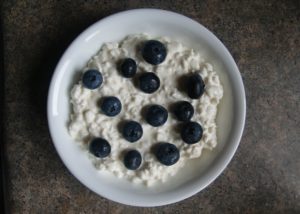
It may be surprising that such a healthy food has so much salt. But the salt does add the flavour needed for many to consume cottage cheese. A typical serving of ½ cup averages about 350 mg of salt or 15% of your daily needs. Salt not only provides flavour, but texture to the cottage cheese, so low-sodium options are normally not available.
3) Ham
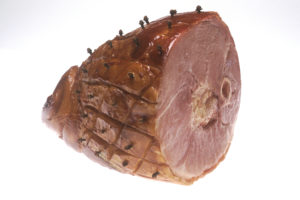
This is probably not a surprise given that ham has a salty taste. Salt is added to ham to both cure and flavour the meat. A 3-ounce serving contains about 1,117 mg of salt. That is almost half the total amount of salt recommended for your daily intake.
4) Instant Pudding
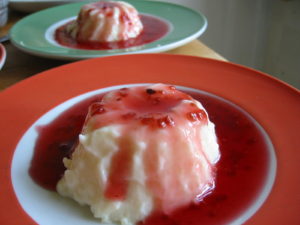
This may be surprising since pudding does not have a salty taste. However, salt is used to thicken instant pudding and the taste is covered by sugar and other flavourings. A typical 25 gram serving of instant pudding contains about 350 mg of sodium. That is about 15% of the daily recommended average. Standard pudding contains less than half the amount of salt.
Plus, food companies have been adding even more salt to ham and other meats over the years, so the problem is only going to get worse.
5) Pizza
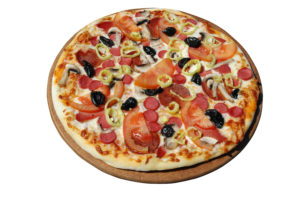
Americans love pizza and pizza has lots of salt. This comes from the wide variety of ingredients used to make up the pizza. A typical large slice of 140 grams contains about 765 mg or 33% of the recommended daily intake of salt. If the pizza is prepared by a restaurant, then the amount of sodium will be higher.
6) Salad Dressing
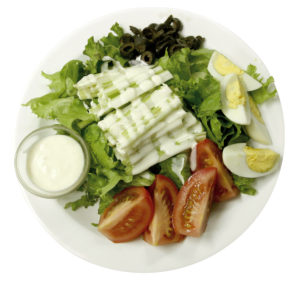
Sodium is often used to enhance the flavour of most salad dressings, even those that are low on fat. For every two tablespoons of salad dressing, you are receiving about 304 mgs or 13% of the recommended daily intake for salt. But you can find low sodium or low salt options at your grocery store.
7) Sandwiches
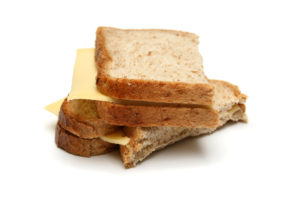
Like pizza, sandwiches tend to be high in sodium because of the different contents that are used. This includes the bread, cheese, and meats that are put together. A typical 6” submarine sandwich may contain up to 1,127 mg or nearly half the recommended amount of sodium per day.
8) Shrimp
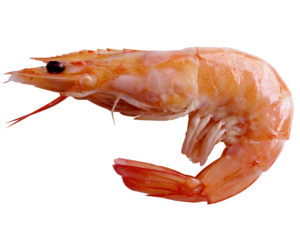
All seafood will have a high sodium content, but shrimp stands out most often because even more salt is added for flavouring and to prevent loss of moisture. A 3-ounce or 85 gram serving of fresh shrimp without the added salt contains as much as 800 mg or 1/3rd the amount of recommended salt for the day.
9) Soup
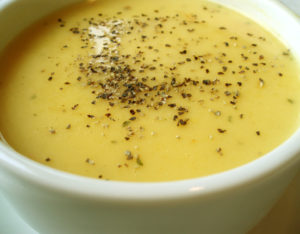
If you consume soup from the can or even packaged, then you are consuming a lot of salt. Salt is used in soups for flavouring and as a preservative. And while each soup is different, a typical can contains about 700 mg of sodium or roughly 30% of the recommended amount of salt.
10) Vegetable Juice
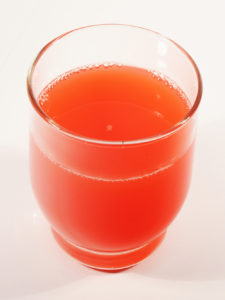
Veggies are good for you, but salt is often added to the juice. An 8-ounce serving contains about 405 mg of sodium or roughly 17% of your daily intake. But you can find low sodium options available.


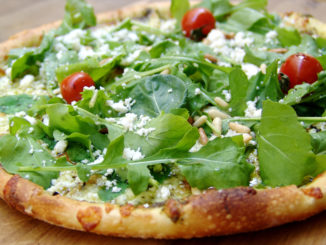
Be the first to comment